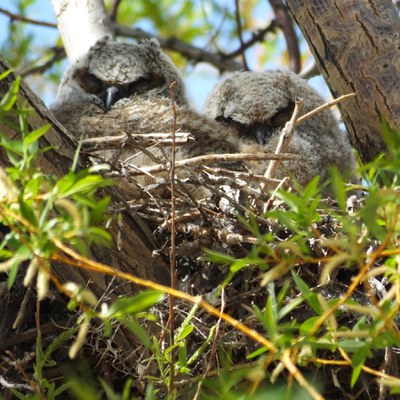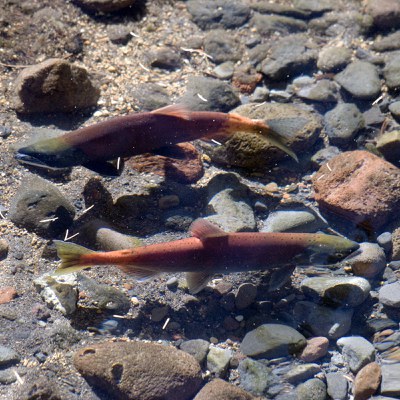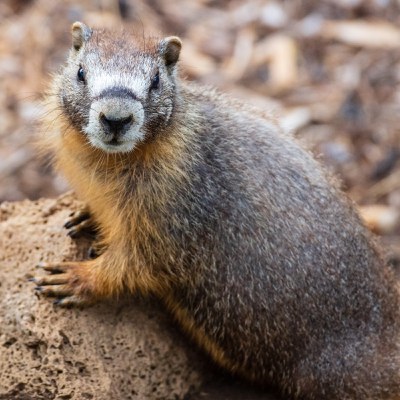There are two types of people during the summer. One type of person spends the long sunny days of summer filling every last moment with adventures and plans. The other type of person spends their summer days avoiding too much movement so as not to overheat. Either one of these sound familiar?
Regardless of how your summer days look, all creatures (including you) need to rest! According to Harvard Health, on average, most adult humans need around seven hours of sleep. But have you ever wondered how, where, and how much other animals sleep?
Sadly, I’m not a nap person. However, just like some humans, some animals do nap! For example, owlets, or baby owls, are observed napping during the day in trees. How do these adorable little fluffballs keep from falling out of trees while they’re snoozing, you might ask? Well, prepare for a cuteness overload. To stay safe while sleeping, owlets use their talons to grip a branch and lie on their stomachs with their heads turned to the side. I know—too cute to handle.

Have you ever met someone who sits down to watch a movie or show and instantly falls asleep? And when you ask them if they’re asleep, they insist they’re just ‘resting their eyes’? Okay, well, fish don’t do exactly that, but their sleep does resemble resting more than sleeping like humans. Some research has shown that fish can reduce their activity and metabolism to rest while still staying alert to danger. Some fish in still water will simply float in place, while others, in more tumultuous habitats, wedge themselves into mud, coral, or even an expertly constructed nest.

We all have that one friend or family member who just always seems to be sleeping. Their average wake-up time is noon or later. That sleep schedule is mild compared to the marmot. Marmots spend over half of their lives hibernating! In September or early October, these fuzzy friends enter their burrows and won’t emerge again until April or May. Like many rodents, marmots are parts of large colonies and when hibernating, these members will huddle closely together in a single burrow insulated with grasses. This cuddle puddle is not only adorable, but also helps reduce some of the energy that the marmots would need to spend to hibernate that long.

On the spectrum of marmot to fish, where do you land on the wildlife sleep scale? No matter where you land, just remember the vital role all types of rest plays for all living things. It’s okay to take a quick fish rest or owlet nap every once in a while!
Read More:
Sources:


